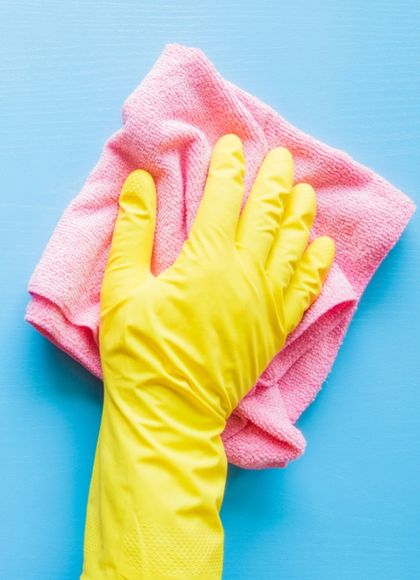What is an adhesive bandage?
What is an adhesive bandage? Adhesive bandages are wound care dressings,designed for the first aid treatment of minor burns, cuts, and abrasions. The term ‘adhesive’ refers to the relative stickiness of the bandage, as it adheres to the skin, unlike traditional dressings. Adhesive bandages are available in different materials such as fabric, plastic, and bamboo, and a range of shapes, sizes, and colours to suit individual needs.
Waterproof adhesive bandages
Waterproof (or wash-proof) adhesive bandages are designed to adhere when exposed to water, such as showering, handwashing, and even swimming. With the bandage maintaining its adhesion, wounds are less likely to become exposed and therefore allowed to heal more effectively. Waterproof adhesive bandages should still be changed regularly.
How often should I change a bandage?
Waterproof (or wash-proof) adhesive bandages are designed to adhere when exposed to water, such as showering, handwashing, and even swimming. With the bandage maintaining its adhesion, wounds are less likely to become exposed and therefore allowed to heal more effectively. Waterproof adhesive bandages should still be changed regularly.
How do you remove bandage adhesive from skin?
When it comes time to change your bandage, sometimes the adhesive can remain steadfastly stuck. For sensitive or hairy skin, using a small amount of isopropyl alcohol , or acetone can help loosen the adhesive.









